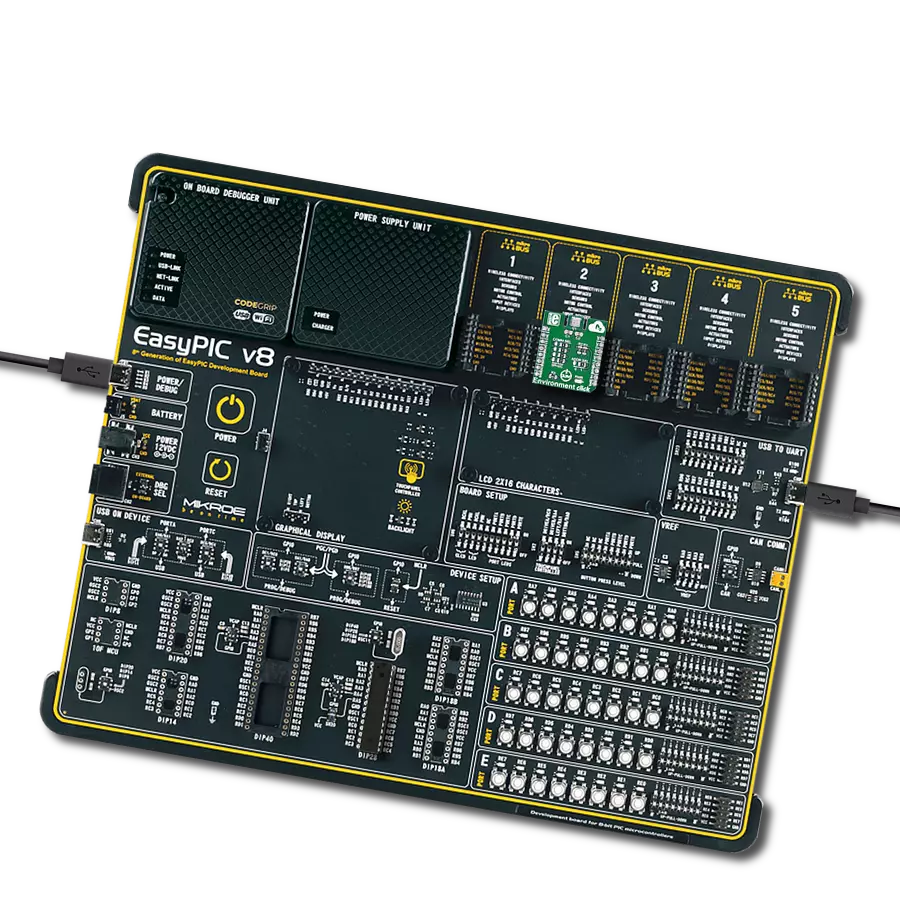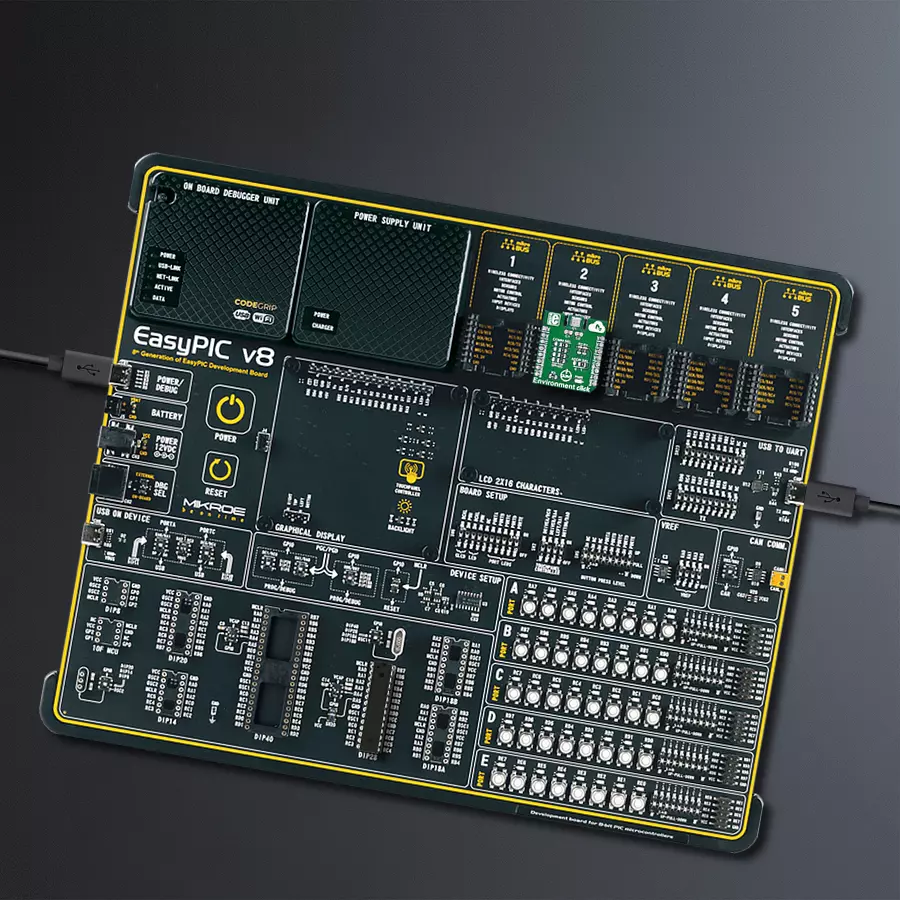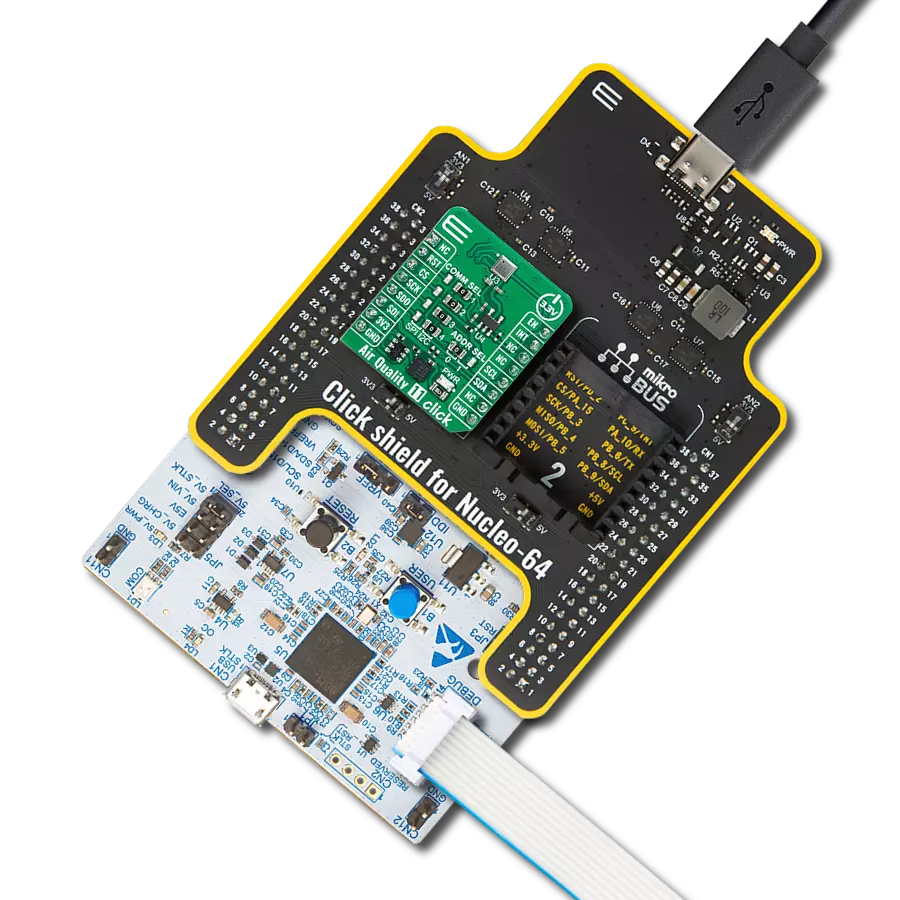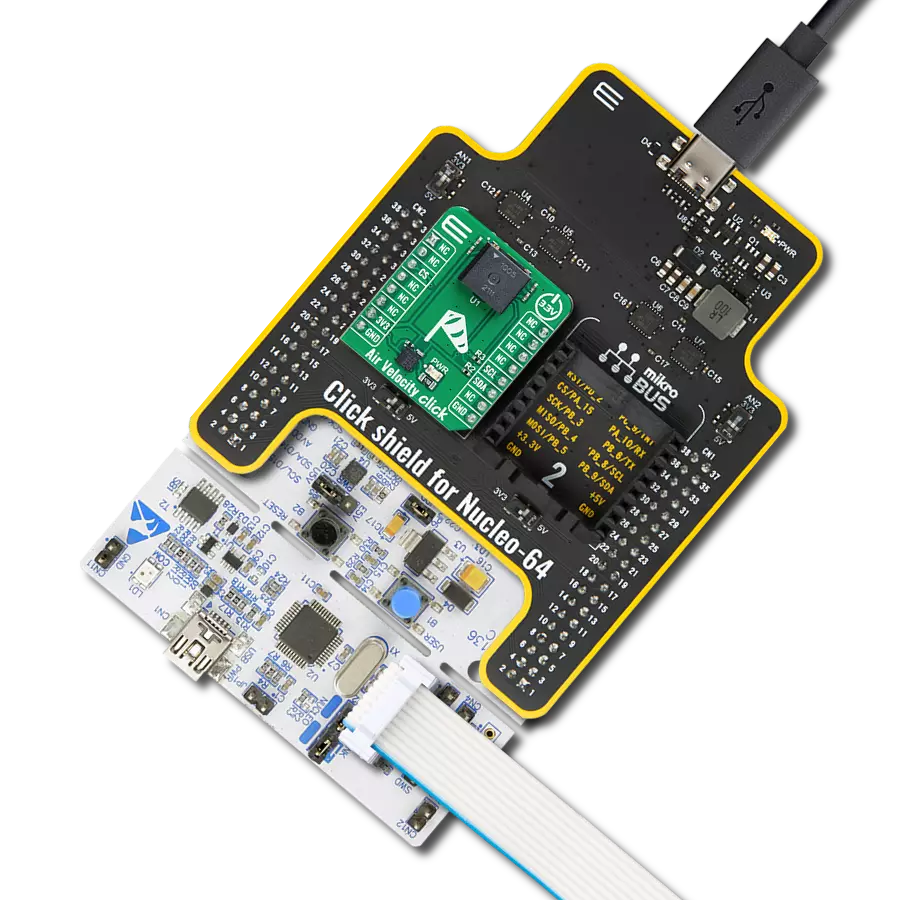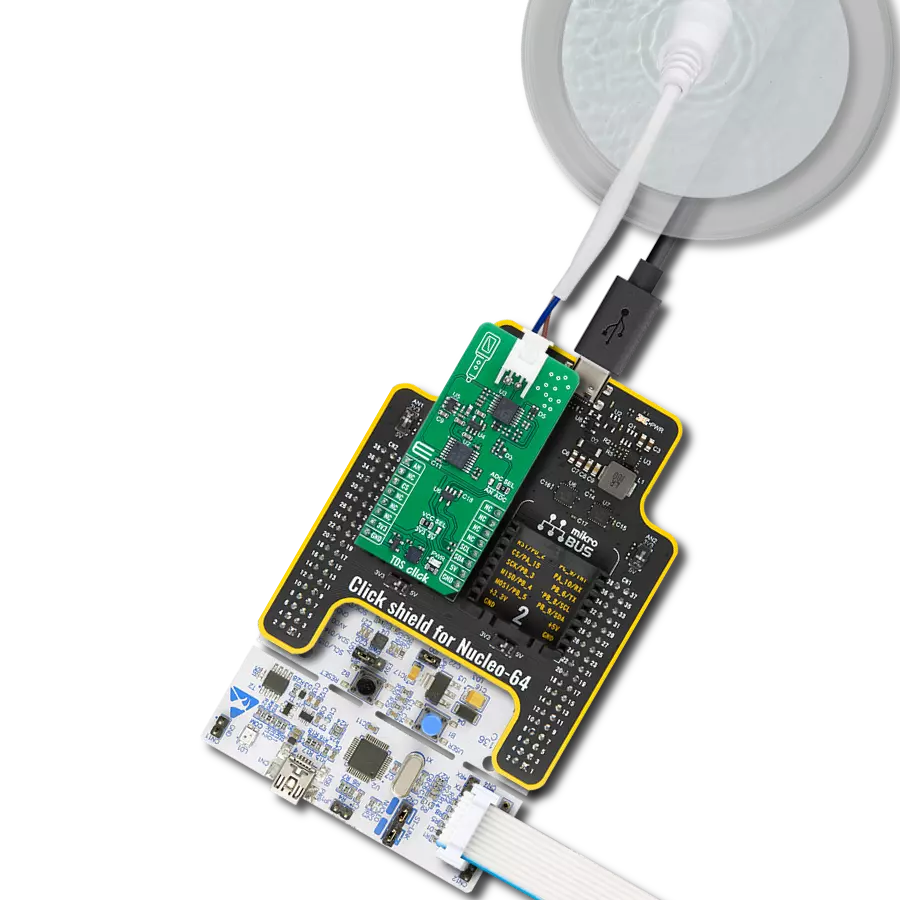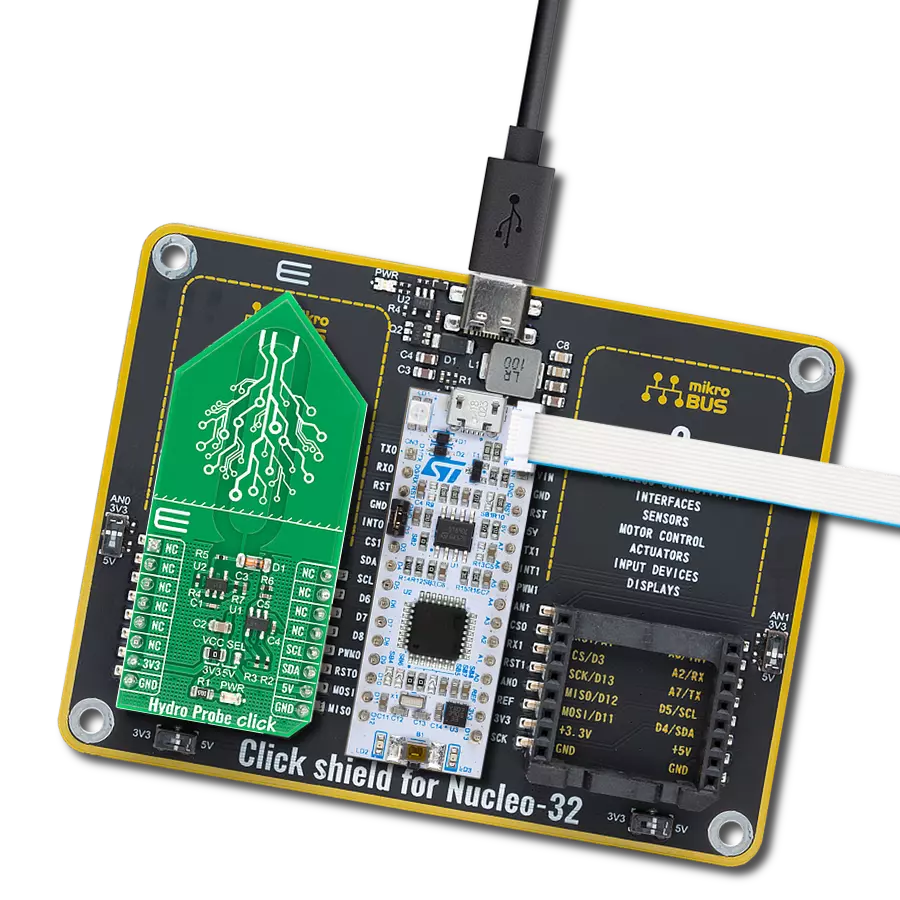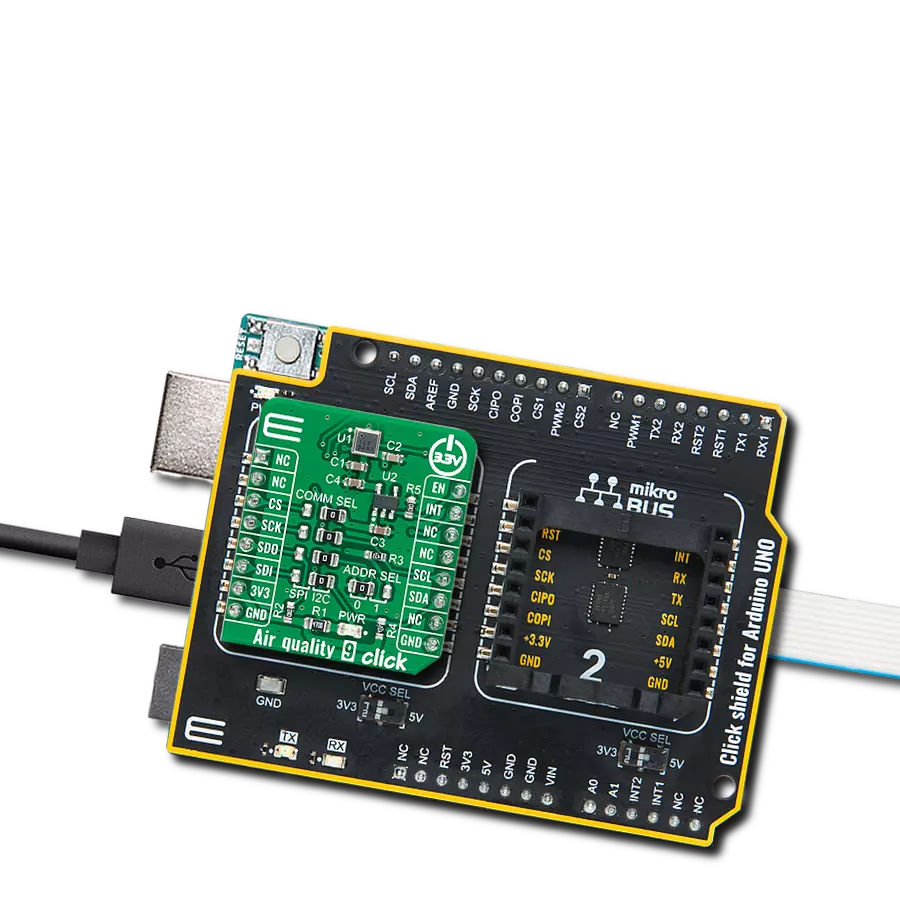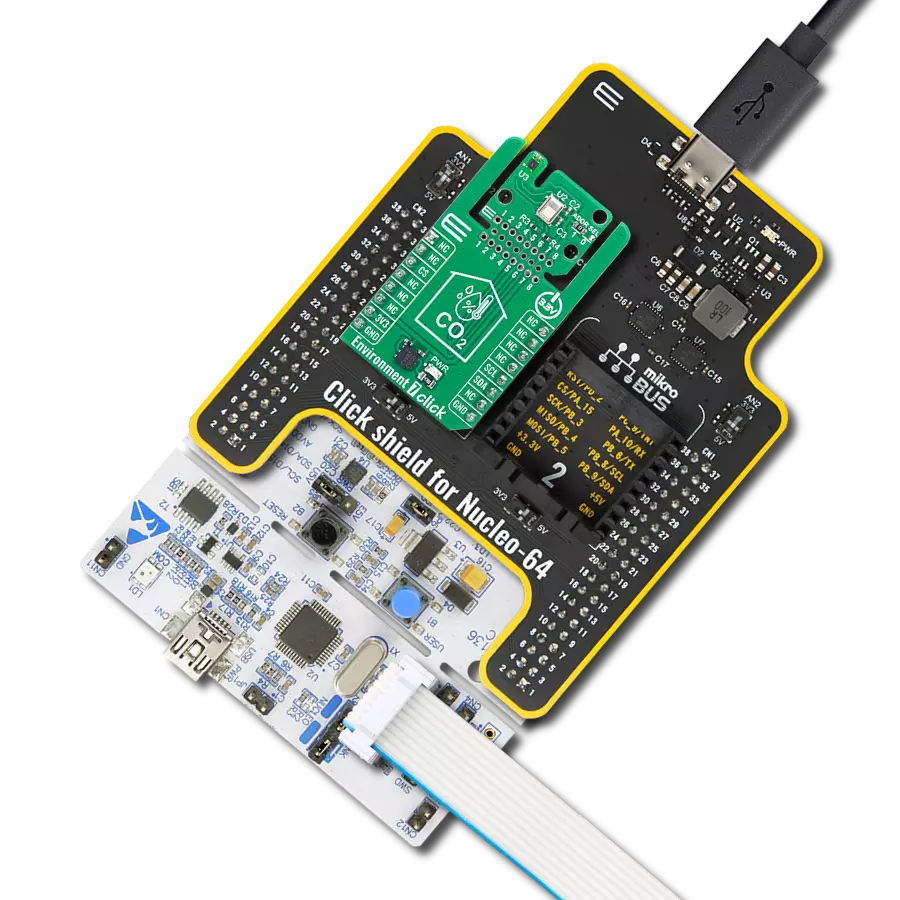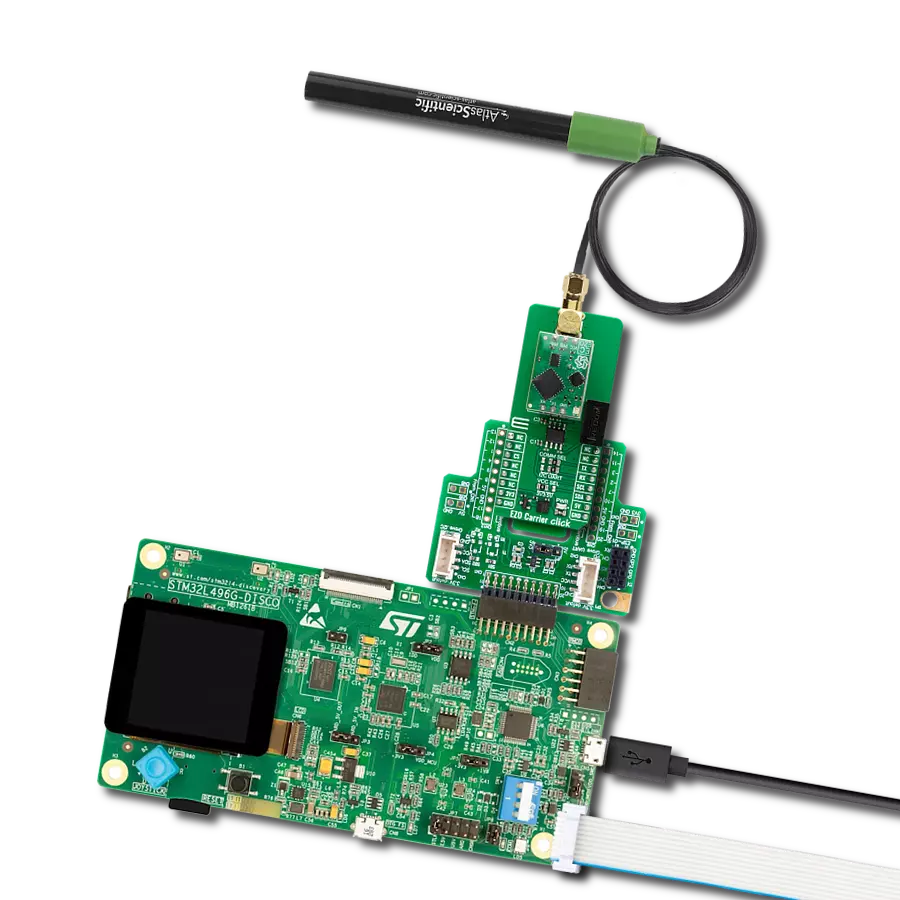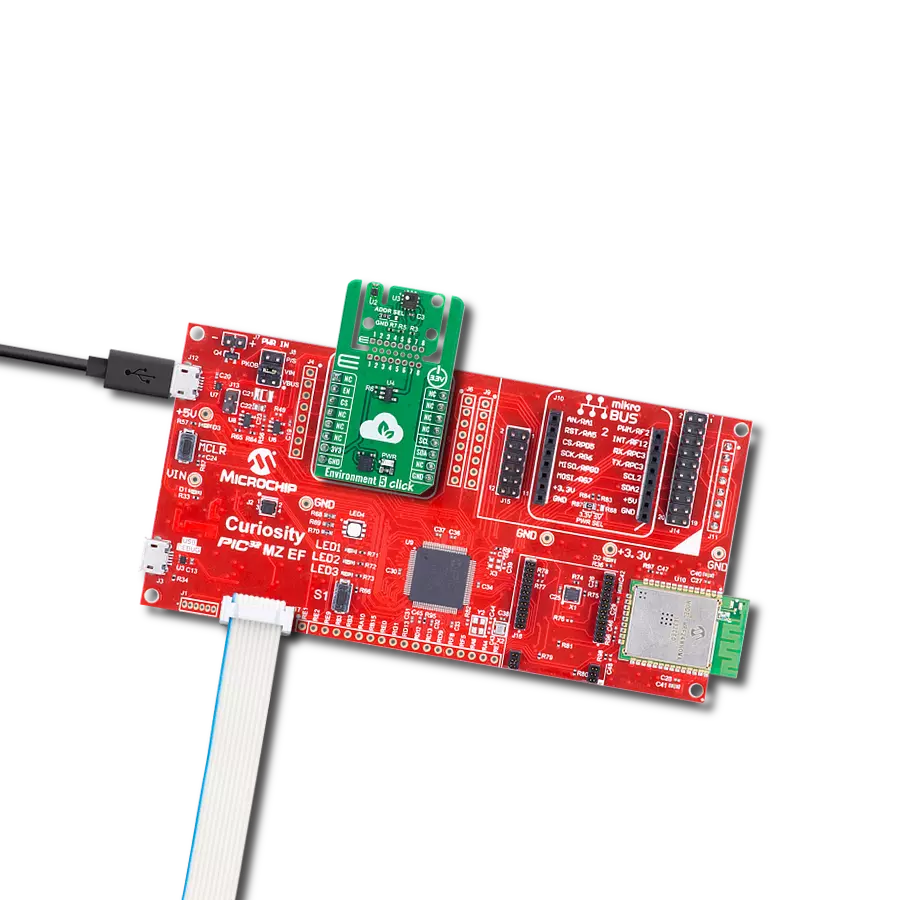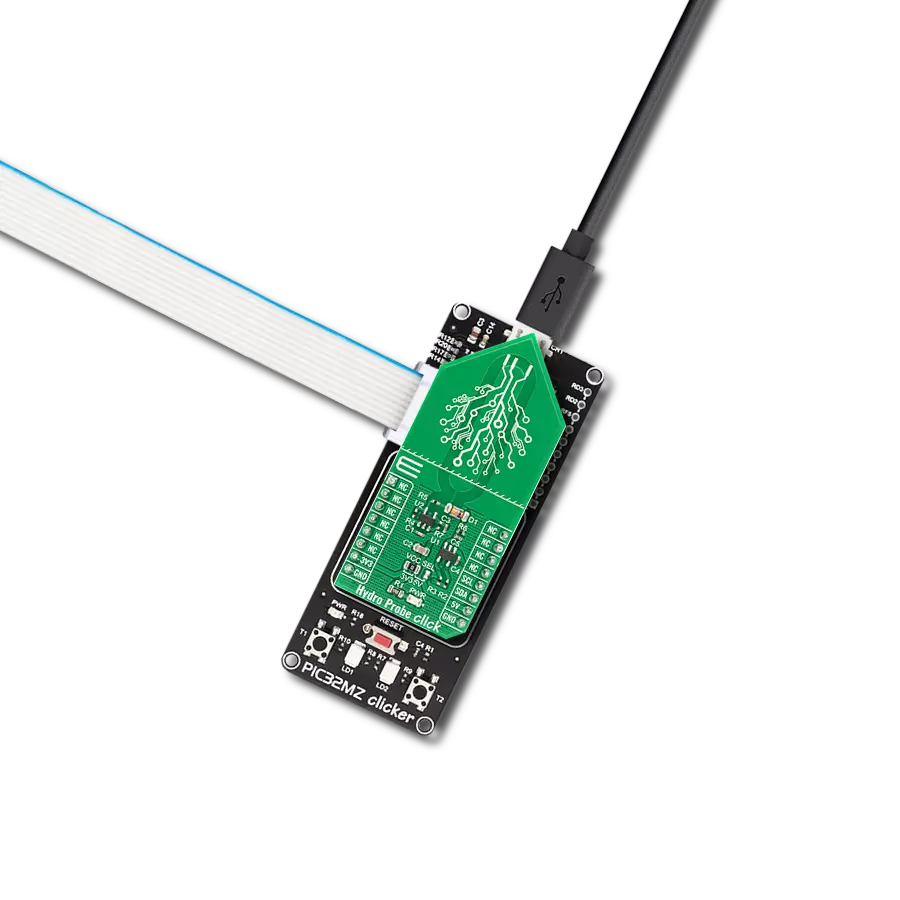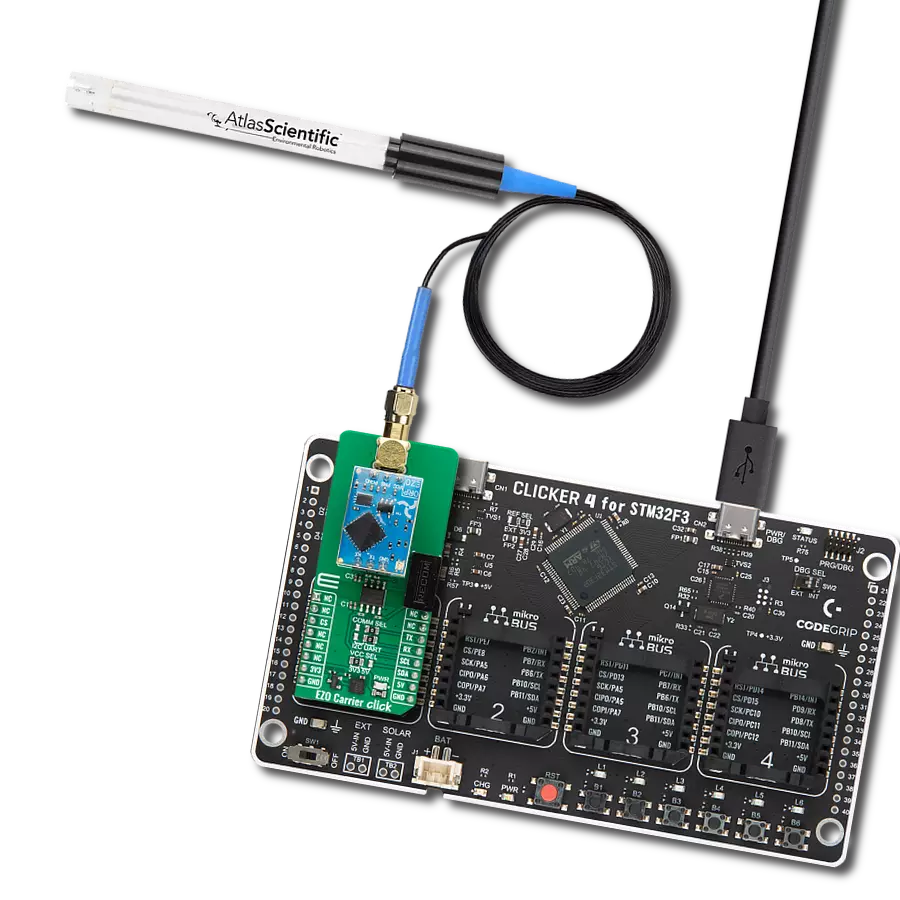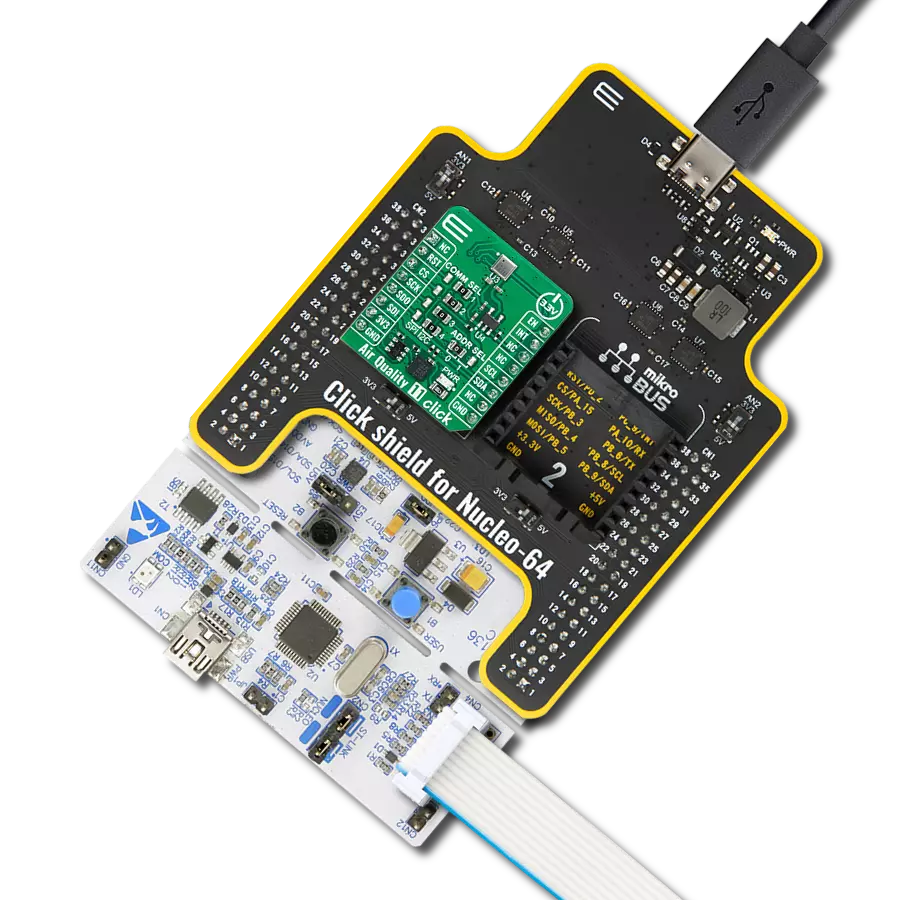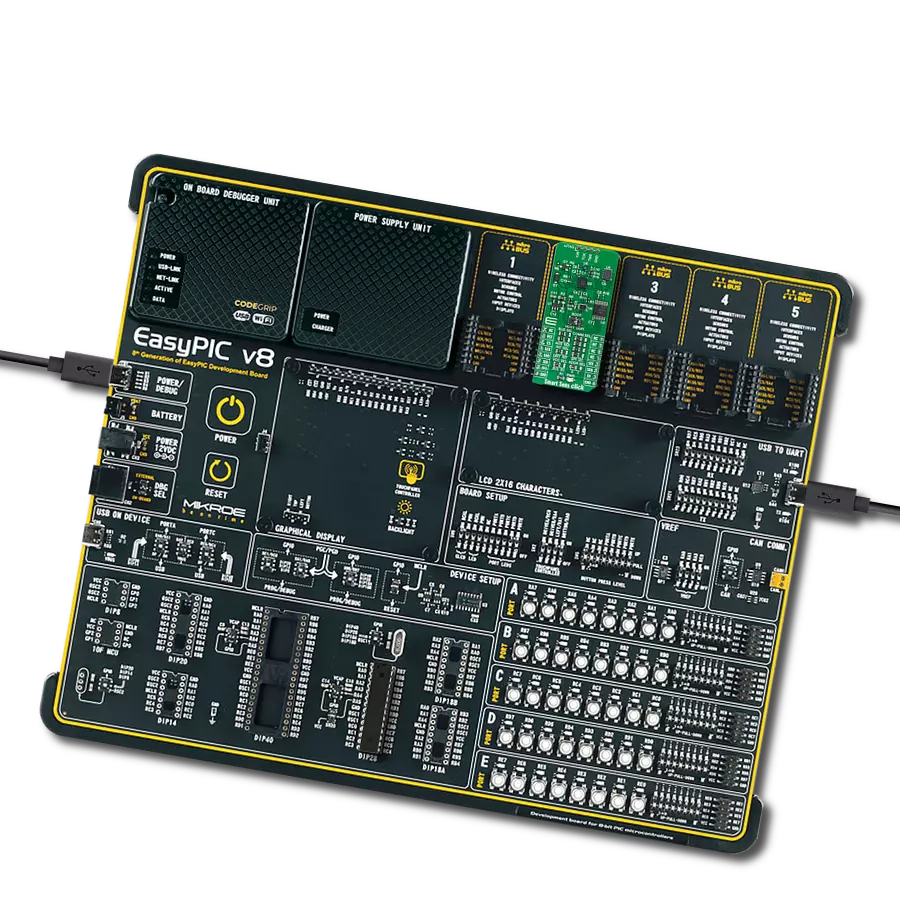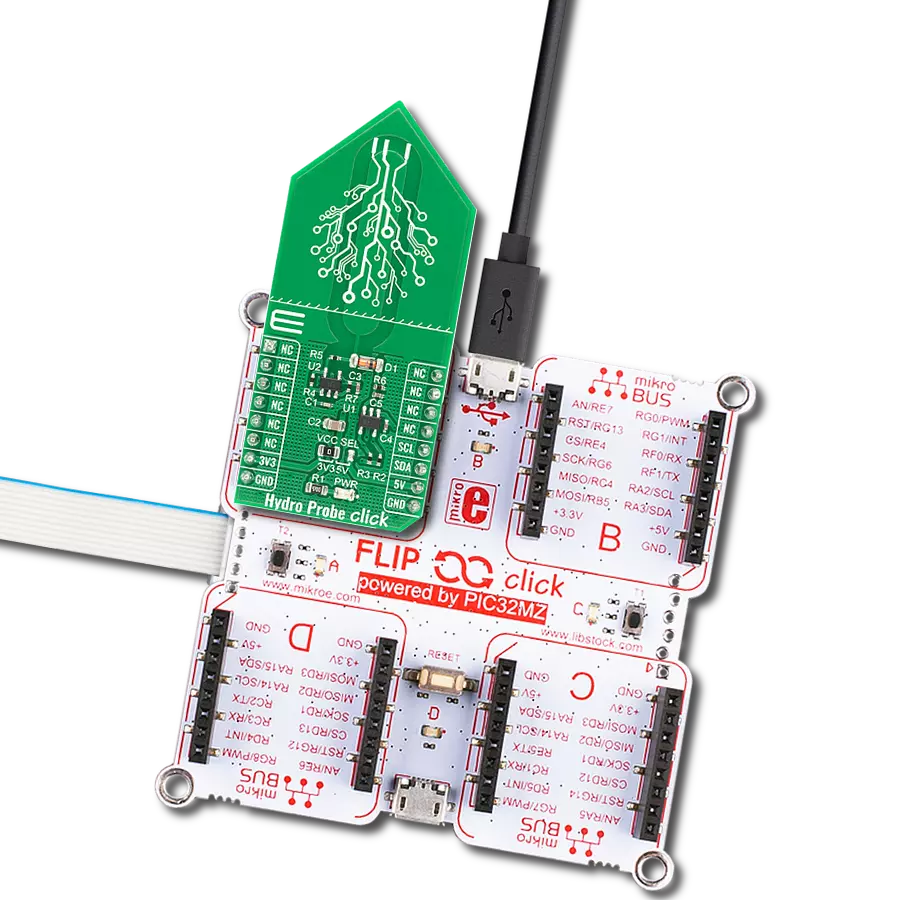Harness the power of our all-in-one solution to gain a holistic view of your surroundings, measuring temperature, humidity, pressure, and VOC gases to make informed decisions for a healthier environment
A
A
Hardware Overview
How does it work?
Environment Click is based on the BME680, a digital environmental sensor that combines gas, humidity, temperature, and barometric pressure sensing from Bosch Sensortec. The gas sensor within the BME680 can detect a broad range of gases to measure indoor air quality for personal well-being. Gases that the BME680 detects include Volatile Organic Compounds (VOC) from paints (such as formaldehyde), lacquers, paint strippers, cleaning supplies, office equipment, glues, adhesives, and alcohol. It offers reduced power consumption, improved accuracy specifications, and a configurable host interface for the fastest data transfer. It covers extended operating pressure, humidity, and temperature ranges from 300-1100hPa, 0-100%RH and from
-40°C to +85°C with the accuracy of ±3%RH and ±0.5°C. The integrated temperature sensor has been optimized for the lowest noise and highest resolution. Its output is used for temperature compensation of the pressure and humidity sensors and can also be used to estimate the ambient temperature. In addition, the BME680 also has an integrated humidity and absolute barometric pressure sensor with extremely high accuracy and resolution over a wide temperature range, providing a swift response time for fast context awareness applications.
Environment Click allows using both I2C and SPI interfaces with a maximum frequency of 3.4MHz for I2C and 10MHz for SPI communication. The selection can be made by positioning SMD
jumpers labeled as COMM SEL in an appropriate position. Note that all the jumpers' positions must be on the same side, or the Click board™ may become unresponsive. While the I2C interface is selected, the BME680 allows choosing the least significant bit (LSB) of its I2C slave address using the SMD jumper labeled ADDR SEL. This Click board™ can be operated only with a 3.3V logic voltage level. The board must perform appropriate logic voltage level conversion before using MCUs with different logic levels. Also, it comes equipped with a library containing functions and an example code that can be used, as a reference, for further development.
Features overview
Development board
EasyPIC v8 is a development board specially designed for the needs of rapid development of embedded applications. It supports many high pin count 8-bit PIC microcontrollers from Microchip, regardless of their number of pins, and a broad set of unique functions, such as the first-ever embedded debugger/programmer. The development board is well organized and designed so that the end-user has all the necessary elements, such as switches, buttons, indicators, connectors, and others, in one place. Thanks to innovative manufacturing technology, EasyPIC v8 provides a fluid and immersive working experience, allowing access anywhere and under any
circumstances at any time. Each part of the EasyPIC v8 development board contains the components necessary for the most efficient operation of the same board. In addition to the advanced integrated CODEGRIP programmer/debugger module, which offers many valuable programming/debugging options and seamless integration with the Mikroe software environment, the board also includes a clean and regulated power supply module for the development board. It can use a wide range of external power sources, including a battery, an external 12V power supply, and a power source via the USB Type-C (USB-C) connector.
Communication options such as USB-UART, USB DEVICE, and CAN are also included, including the well-established mikroBUS™ standard, two display options (graphical and character-based LCD), and several different DIP sockets. These sockets cover a wide range of 8-bit PIC MCUs, from the smallest PIC MCU devices with only eight up to forty pins. EasyPIC v8 is an integral part of the Mikroe ecosystem for rapid development. Natively supported by Mikroe software tools, it covers many aspects of prototyping and development thanks to a considerable number of different Click boards™ (over a thousand boards), the number of which is growing every day.
Microcontroller Overview
MCU Card / MCU
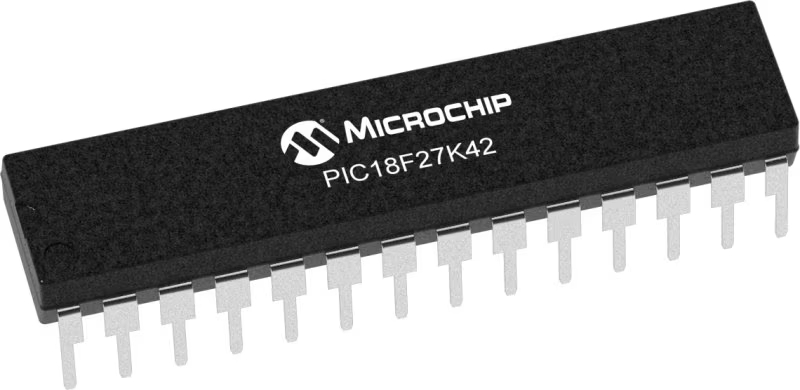
Architecture
PIC
MCU Memory (KB)
128
Silicon Vendor
Microchip
Pin count
28
RAM (Bytes)
8192
Used MCU Pins
mikroBUS™ mapper
Take a closer look
Click board™ Schematic

Step by step
Project assembly
Software Support
Library Description
This library contains API for Environment Click driver.
Key functions:
environment_get_gas_resistance- This function gets gas resistance value from BME680 chipenvironment_get_pressure- This function gets pressure value of BME680 chipenvironment_get_humidity- This function get humidity value of BME680 chip
Open Source
Code example
The complete application code and a ready-to-use project are available through the NECTO Studio Package Manager for direct installation in the NECTO Studio. The application code can also be found on the MIKROE GitHub account.
/*!
* \file
* \brief Environment Click example
*
* # Description
* Example demonstrates use of the Environment Click board.
*
* The demo application is composed of two sections :
*
* ## Application Init
* Initialization driver enables - Device software reset, check device ID, set default configuration of BME680 chip, also display logs.
*
* ## Application Task
* This is an example which demonstrates the use of Environment Click board.
* Measures temperature, humidity, pressure and gas resistance data from the BME680 chip sensor.
* Displays ambient temperature data [ degrees Celsius ],
* humidity data [ % ], pressure data [ mbar ] and gas resistance.
* Results are being sent to the Usart Terminal where you can track their changes.
* All data logs write on usb uart changes for every 2 sec.
*
*
* \author MikroE Team
*
*/
// ------------------------------------------------------------------- INCLUDES
#include "board.h"
#include "log.h"
#include "environment.h"
// ------------------------------------------------------------------ VARIABLES
static environment_t environment;
static log_t logger;
static float temperature;
static float pressure;
static float humidity;
static int32_t gas;
// ------------------------------------------------------ APPLICATION FUNCTIONS
void application_init ( void )
{
log_cfg_t log_cfg;
environment_cfg_t cfg;
/**
* Logger initialization.
* Default baud rate: 115200
* Default log level: LOG_LEVEL_DEBUG
* @note If USB_UART_RX and USB_UART_TX
* are defined as HAL_PIN_NC, you will
* need to define them manually for log to work.
* See @b LOG_MAP_USB_UART macro definition for detailed explanation.
*/
LOG_MAP_USB_UART( log_cfg );
log_init( &logger, &log_cfg );
log_info( &logger, "---- Application Init ----" );
// Click initialization.
environment_cfg_setup( &cfg );
ENVIRONMENT_MAP_MIKROBUS( cfg, MIKROBUS_1 );
environment_init( &environment , &cfg );
environment_default_cfg( &environment );
}
void application_task ( void )
{
// Task implementation.
temperature = environment_get_temperature( &environment);
log_printf( &logger, " Temperature : %.2fC", temperature);
humidity = environment_get_humidity( &environment );
log_printf( &logger, " Humidity : %f%%", humidity);
pressure = environment_get_pressure( &environment );
log_printf( &logger, " Pressure : %.3fmbar", pressure);
gas = environment_get_gas_resistance( &environment );
log_printf( &logger, " Gas Resistance : %ld\r\n", gas);
Delay_ms ( 1000 );
Delay_ms ( 1000 );
}
int main ( void )
{
/* Do not remove this line or clock might not be set correctly. */
#ifdef PREINIT_SUPPORTED
preinit();
#endif
application_init( );
for ( ; ; )
{
application_task( );
}
return 0;
}
// ------------------------------------------------------------------------ END
